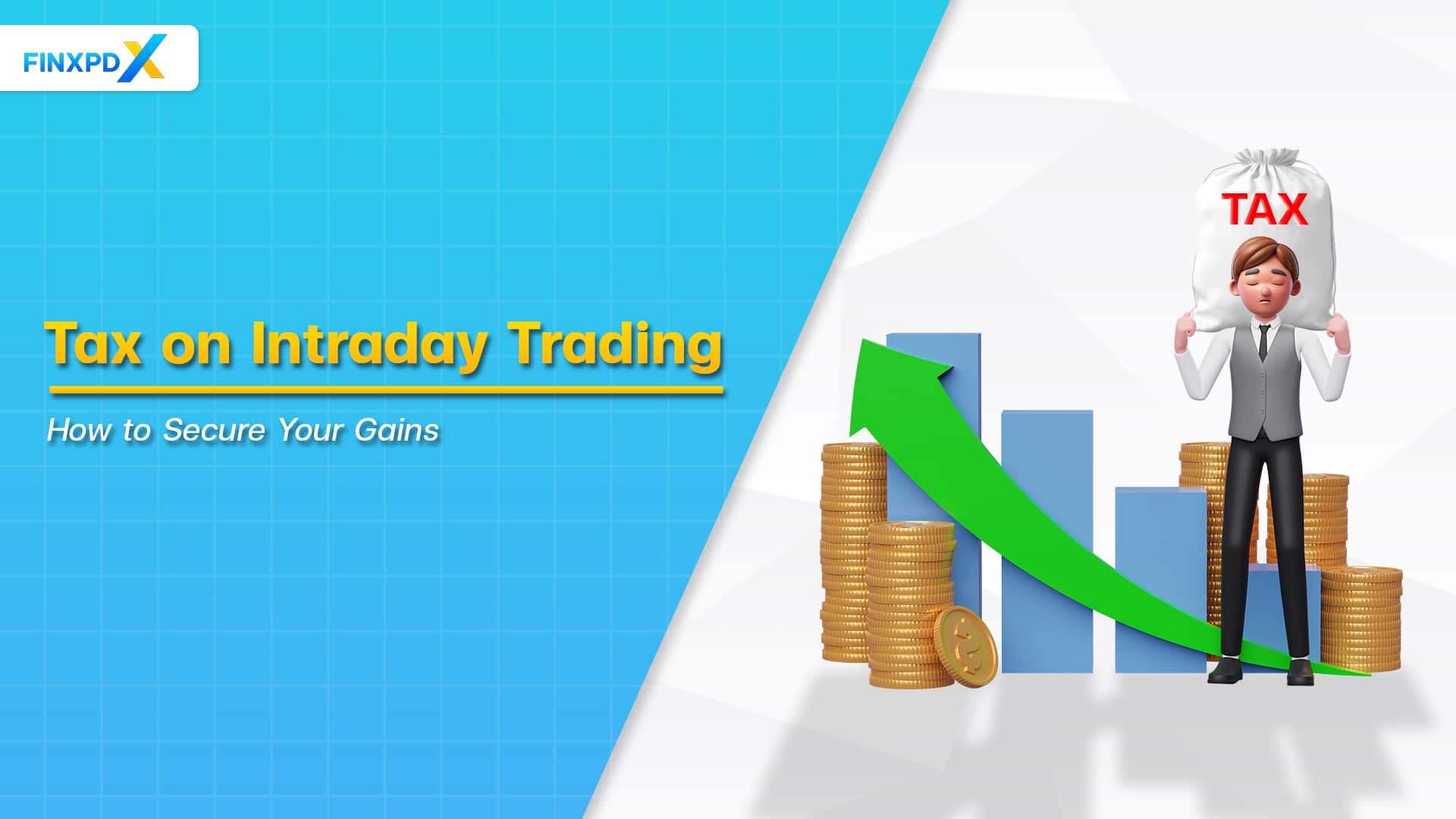Options trading has emerged as a popular strategy among investors seeking flexibility and leverage in the financial markets. This guide dives into the concept of option selling, covering its fundamentals, types, and the practical steps involved. We’ll also explore the required margins, inherent risks, and potential benefits, providing a balanced view to help you make informed decisions in your trading journey.
What Is Option Selling?
Option selling, also known as option writing, is when an investor sells options contracts to buyers. Unlike option buying, where the buyer holds the right to execute the option, the seller has an obligation if the buyer decides to exercise the option. Traders use this strategy to generate income through the premiums paid by the buyers of the options.
Key Takeaways
- Option selling is a strategy where investors sell options contracts to earn the premium.
- Sellers bet on the option expiring worthless, securing the premium as profit.
- This strategy requires thorough market analysis and risk management to avoid significant losses.
- This strategy is popular among experienced traders with substantial capital reserves.
- Proper hedging strategies are essential to mitigate its potential losses.
Types of Options
Options are broadly categorized into a call option and a put option. In this part, we will explore their features to better grasp their roles in investment strategies
1. Call Option
A call option gives the buyer the right to purchase an underlying asset at a set price within a certain period. Sellers of call option bet that the asset’s price won’t rise above the strike price, enabling them to keep the premium paid by the buyer.
2. Put Option
This gives the buyer the right to sell an asset at a predetermined price. The seller is staking that the asset’s price won’t fall below the strike price, allowing them to retain the premium.
How to Sell Options
This strategy is a structured process that requires careful planning and execution, as follows:
1. Understand the Basics: Gain a thorough understanding of the concept before selling, including terminology and market trends.
2. Choose a Broker: Select a brokerage that offers options trading with favorable terms.
3. Select the Option Type: Decide whether to sell call or put options based on your market outlook.
4. Determine the Strike Price and Expiry: Choose a strike price and expiration date that align with your strategy.
5. Analyze Market Conditions: Evaluate the underlying asset’s performance and market conditions to inform your decision.
6. Sell the Option: Execute the sale through your broker, which involves setting a premium price for the option.
7. Monitor the Position: Keep an eye on the market and the option’s performance, ready to make adjustments if needed.
How Much Margin Is Required for Option Selling?
For this strategy, margin acts as a security deposit to cover potential losses. The amount required varies depending on the broker’s policies, the underlying asset, market volatility, and the specific option. Typically, it’s a percentage of the total value of the contract, and it’s crucial to have sufficient margin to maintain open positions.
Example: Selling a Call Option on Stock
Suppose you decide to sell a call option on a stock that is currently trading at $50. If the strike price of the call option is $55 and the option has 30 days until expiration, the margin requirement will be determined by the brokerage’s risk assessment models and regulatory guidelines.
For example, the broker might require a margin that covers the maximum potential loss or a percentage of the underlying stock’s value, possibly including a volatility factor. If the broker requires a 20% margin of the underlying stock’s value plus the premium received, and you sell 10 contracts (1 contract = 100 shares), the margin requirement might be calculated as follows:

If the premium received per option is $2, the total premium would be $2 x 10 x 100 = $2,000. This total premium would then be factored into the margin requirement calculation as illustrated in the example below:

The Risks of Option Selling
While the potential for income through premiums is attractive, sellers must be prepared for the various challenges and potential downsides that come with this trading approach, as listed below:
- Unlimited Loss Potential: This approach can result in losses more than the premium received, especially with call options during market rallies.
- Margin Calls: Sellers may need to provide additional funds if the market moves against them due to broker margin requirements.
- Market Volatility: Increased volatility can lead to a higher risk of options being exercised, potentially causing large losses.
- Assignment Risk: Exercised options may unexpectedly require buying or selling the underlying asset before expiration.
- Time Constraint: Selling strategies rely on the specific expiration dates, as their effectiveness is linked to timing.
The Benefits of Option Selling
Despite the risks, this approach can offer significant benefits to traders who have a solid risk management strategy in place. Here are some of the advantages that come with this strategy:
- Income Generation: It can provide a steady income from the premiums collected in various market conditions.
- High Probability of Profit: Many options expire worthless, giving sellers an advantage and a higher chance of retaining the premium.
- Time Decay Advantage: Options lose value over time, benefiting sellers as the option approaches expiration.
- Strategic Flexibility: It can be part of diverse strategies, enhancing portfolio management.
- Benefit from Volatility: High volatility can inflate premium prices, potentially increasing income from option sales.
Conclusion
Selling options is a trading approach that requires a solid understanding of market dynamics and prudent risk management. While it can yield profits, particularly through premium income, it also entails significant risk. Therefore, it’s essential to develop a carefully planned strategy and consistently analyze the market. As with any investment strategy, it’s vital to conduct thorough research and consider seeking advice from financial professionals.
FAQs
Option selling is when traders sell options contracts, giving others the right to buy or sell a security at a predetermined price for a premium.
Traders sell options to collect premiums, profit from time decay, generate income, hedge existing positions, or express market views.
This depends on market conditions and outlook. Selling put options is suitable for bullish markets, while selling call options is better for bearish markets.
Risks include unlimited potential losses, margin requirements, and obligation to buy or sell the underlying asset at the strike price.
It is complex and involves significant risks, making it unsuitable for beginners without a solid understanding of options trading and risk management.
Related Articles:
- Option Chain: Learn the Key Factors for Successful Trade
- Stop Loss Hunting: How to Safeguard Your Investments
- Share Warrants: Guide to Leverage and Profit
Read more: Stocks








